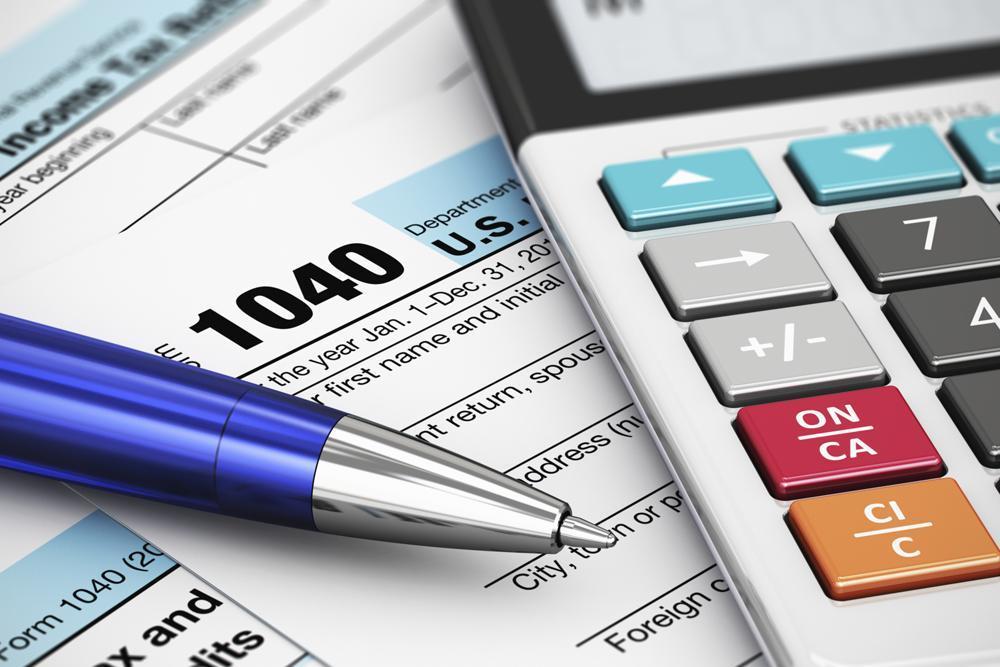Can You Please Calculate The Return Before Taxes
Apr 12, 2023 By Triston Martin
A return on investment is considered "pretax" if it is calculated before taxes are deducted. Given that everyone's tax status is unique and that different assets are subject to different degrees of taxes, the pretax rate of return is the most often referenced statistic for investments in the financial sector. An after-tax rate of return can be compared to the pretax rate of return.
A Pretax Rate of Return: What Does It Reveal?

Gain or loss on an investment before taxes is calculated as the pretax rate of return. Gains from buying and selling investments are subject to taxation by the federal government. Profits from the sale of assets are taxed as capital gains. Stock dividends and bond interest are taxable at the end of the calendar year.
The pretax rate of return allows for comparisons across asset classes. This is useful because dividends on equities may be taxed differently than interest income or capital gains, for example. While the before-tax rate of return helps make comparisons, the after-tax rate of return matters to investors.
A Real-World Illustration of the Pretax Rate of Return
For the sake of argument, assume that a person who is required to pay a 15% capital gains tax on stock ABC nevertheless manages a 4.25 cent after-tax rate of return. That's why 5% is the pretax rate of return: 4.25% / (1 - 15%).
The before-tax and after-tax rates of return on a tax-free investment are the same. Let's pretend that bond XYZ is a tax-free municipal bond offering a pre-tax yield of 4.25%. Hence, Bond XYZ would offer the exact yield after taxes as Stock ABC.
Notwithstanding the more significant pretax rate of return offered by the riskier stock, an investor may opt for the municipal bond due to its better safety and the fact that its after-tax return is the same as that of the latter.
Comparing Taxed and Tax-Free Returns

While pretax return rates are often shown or computed, after-tax returns are of great importance to corporations and high-net-worth investors. This is because the tax rate may significantly affect their choices, including which investments to make and how long to retain them. In contrast to pretax profits, after-tax returns factor in taxes, most notably capital gains taxes. Because each investor's tax status is unique, the rate of return is typically not presented as an after-tax figure.
Marginal vs Effective Tax Rate
Both rates can indicate a lot about one's financial status, but they are also a source of misunderstanding for taxpayers. Depending on your tax bracket, you'll employ a different method.
Taxation At The Margin
Those in the highest income tax band are in the minority, and they prefer a high marginal tax rate. Your marginal tax rate is the percentage of your last euro of income subject to taxation. Hence, if your tax bracket is 25%, every euro in deductions will save you 25 cents.
Taxation Rate In Effect
The effective tax rate is the rate at which a person's tax liability is calculated. The tax rate is calculated for corporations as a percentage of pre-tax profits.
Where Does the Pretax Rate of Return Fall Short
It's common to practise presenting the pretax return when discussing the performance of a mutual fund, ETF, bond, or stock since it's simple to compute and display. Nevertheless, it doesn't consider the possibility of paying taxes on investment profits or gains.
How Much Are You Taxed on Your Investing Returns?
Investment profits are subject to capital gains taxation. Positions held for less than a year incur short-term gains, which are taxed at your marginal income tax rate. Regarding taxes, long-term gains (gains on investments held for more than a year) are treated more favourably.
Is the After-Tax Real Rate of Return Better Than the Nominal?
Your ability to maintain your current quality of life into the future depends on your real after-tax rate of return, which factors in your fees, tax rate, and inflation. Both metrics can help you evaluate the success of a financial endeavour. Using the same number to evaluate both investments would be ideal.
Summary
Analysts and investors continuously look for more data regarding a particular investment. Investors can compare investments in different asset types by calculating the pretax rate of return. The rate of return before taxes may be easily calculated.
The after-tax rate of return and applicable tax rate is all you need to make an informed decision. The after-tax rate of return is calculated by subtracting the tax rate from 1. It bears repeating that the pretax rate of return does not include capital gains taxes, but only the after-tax rate of return does.





